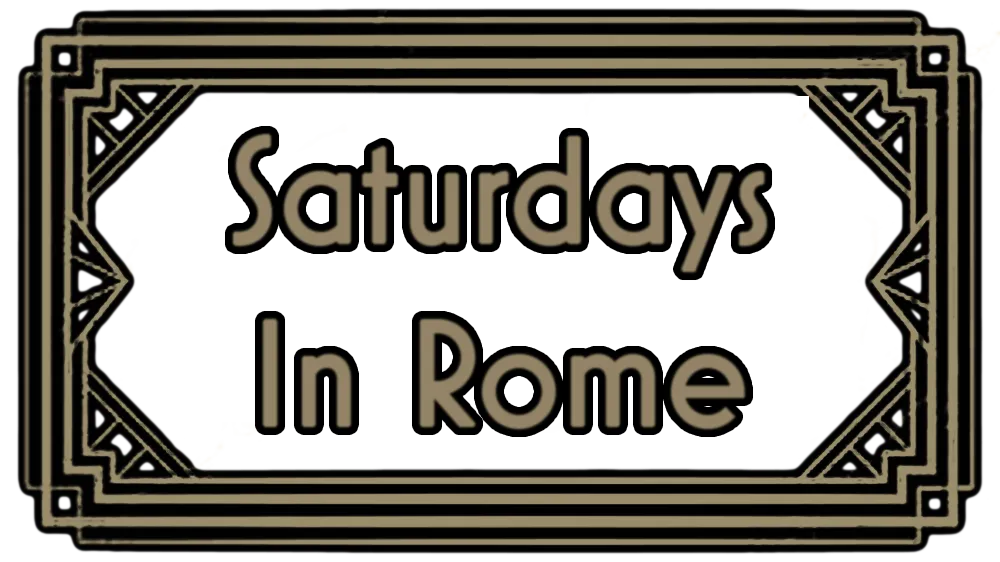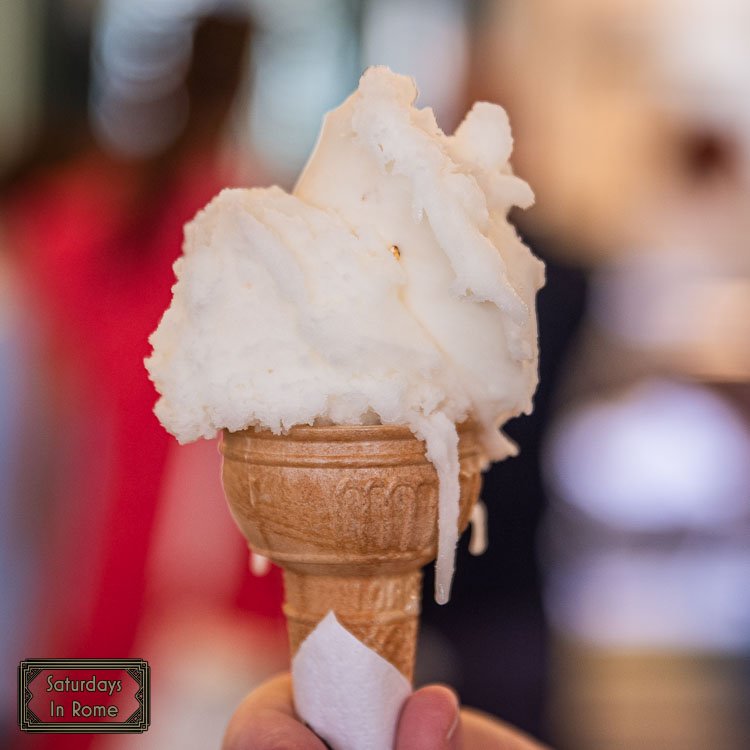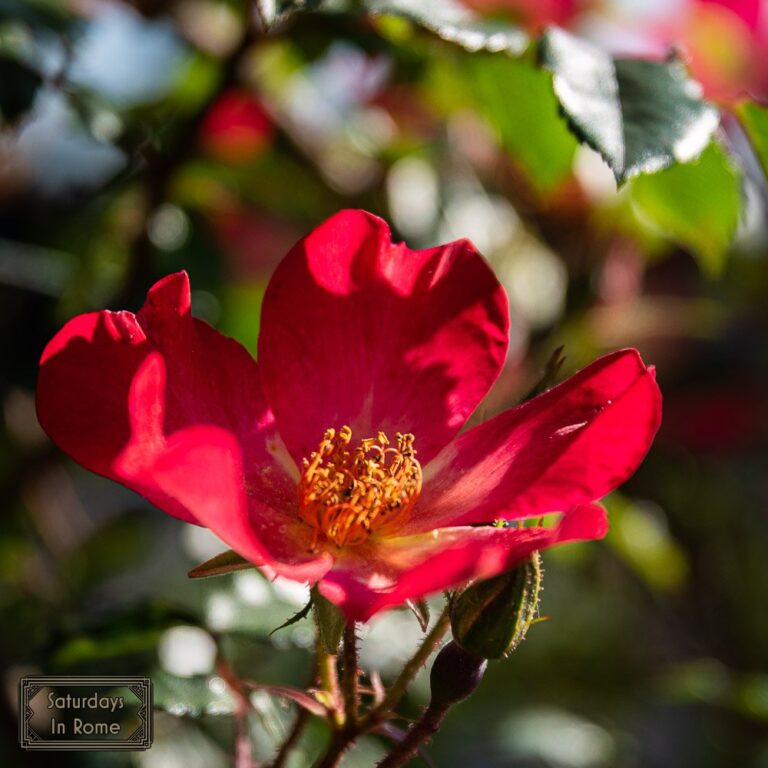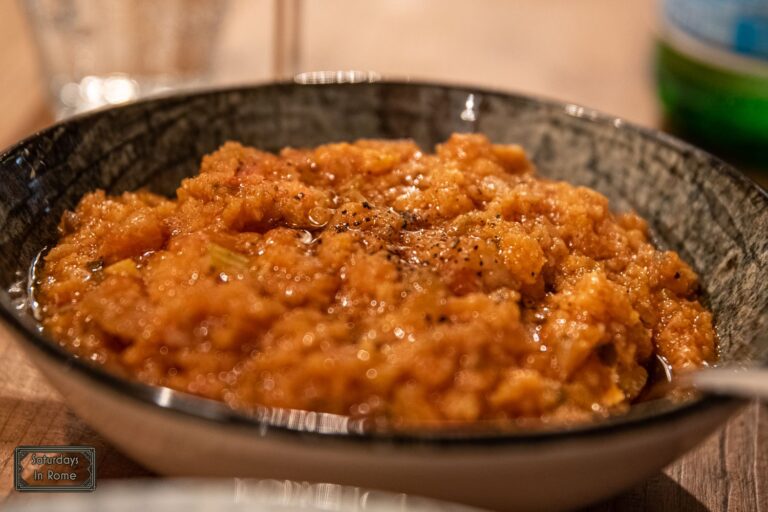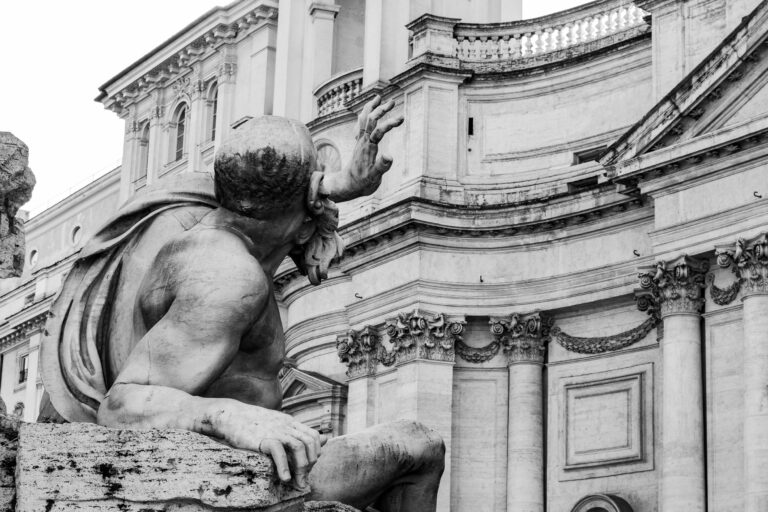Drinking Fountains in Rome – How to Find and Use the Nasoni
Discover how to find, use, and enjoy Rome’s iconic drinking fountains, known as nasoni. Learn the history, see top locations, and get practical tips for staying hydrated for free in the Eternal City.
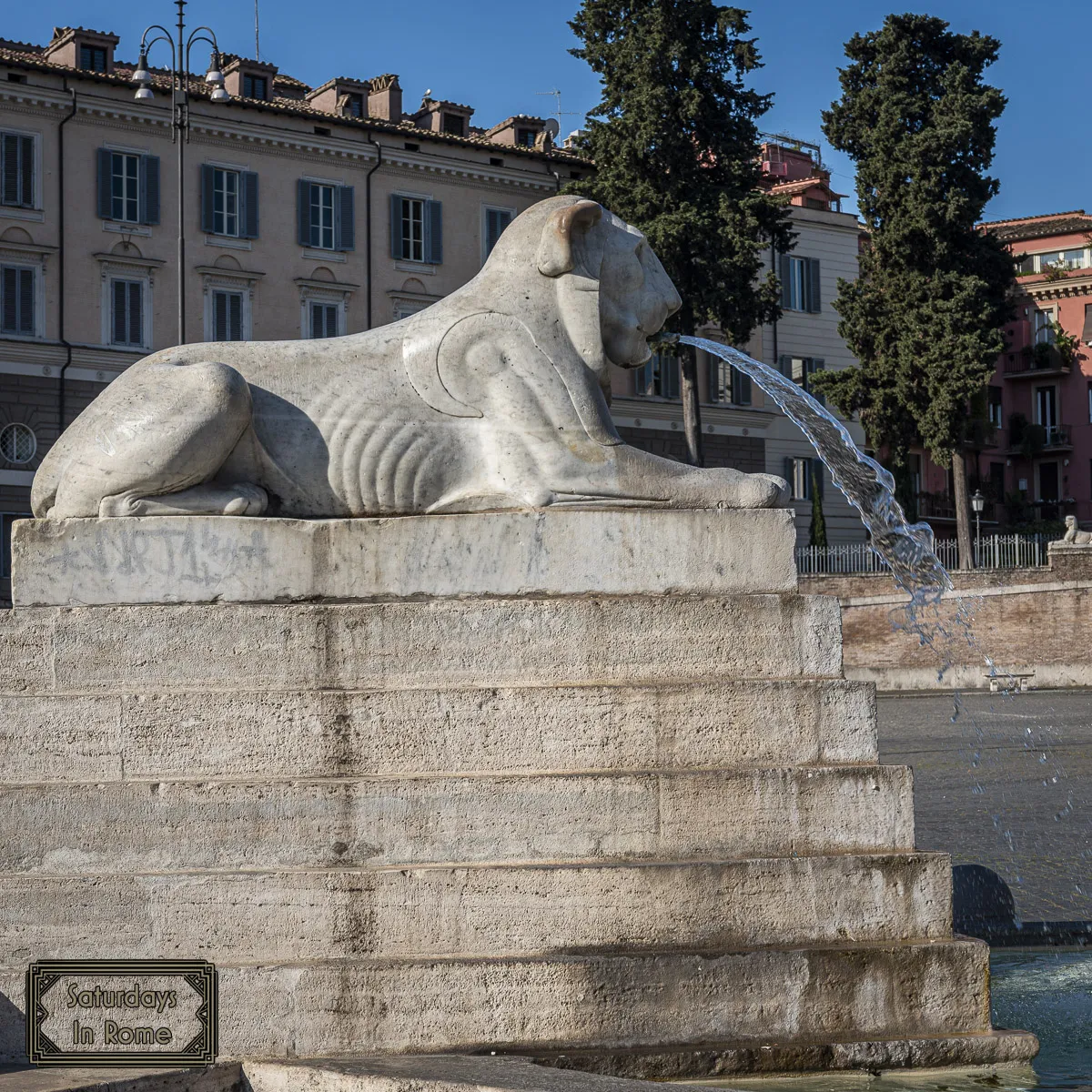
The history of the Nasoni dates back to the 19th century, when the mayor of Rome, Luigi Pianciani, made a revolutionary decision: to provide a public water distribution system to promote hygiene and ensure the health of citizens.
The solution was the adoption of water fountains to be placed along the streets and squares of Rome, and so, in 1874, the first cast iron (now brass) nasoni were installed, and with it, a tangible symbols of the commitment to the common welfare.
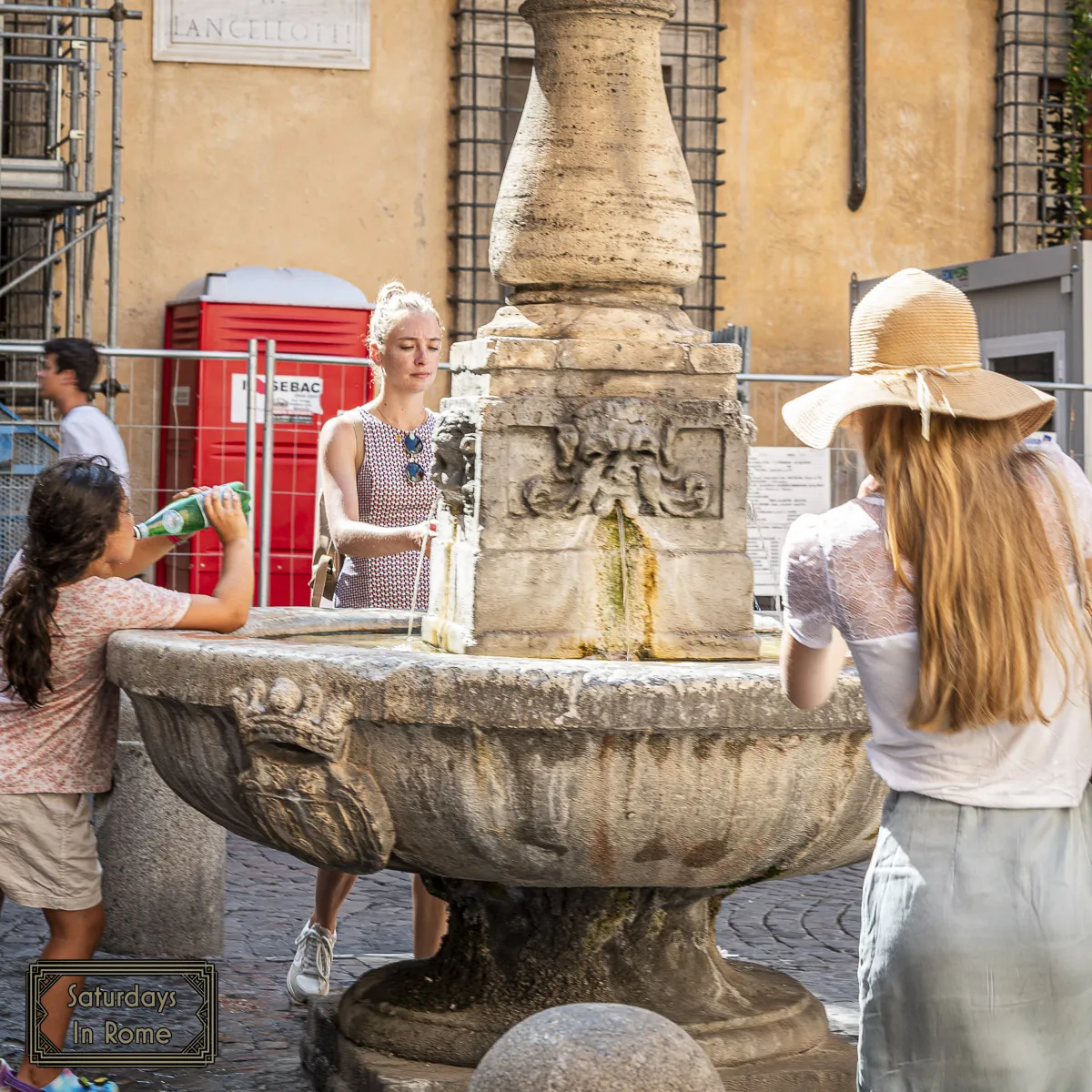
2024 was the 150th anniversary of the Nasoni of Rome, timeless and refreshing symbols of the city that stand out over time and define Rome’s identity. The nasoni go beyond their practical function as water fountains for Romans and the visitors. They represent a deep connection between the Romans and the Eternal City.
These aren’t only historical symbols, even today Acea has installed 3 new Acea branded nasoni near the Colosseum. This is to ensure that these treasures remain a vital resource for future generations would be a fitting tribute to their enduring importance and indelible impact on the history and culture of the Eternal City.
The Most Famous Nasoni
The first water fountains in Rome to be put into operation were characterized by three elegant dragon-shaped spouts, today for practicality only one smooth-shaped spout remains. However, you can admire one of these rare three dragon nasone in:
- Via della Cordonata
- Piazza della Rotonda
- Via di S. Teodoro
Need Help Planning?
- Cheap Flights: Find The Most Affordable Flights.
- Accommodations: From 1 to 5 Stars And More.
- Car Rentals: Affordable Travel Across Italy.
- Sightseeing Tours: Explore Some Amazing Tours.
- Buying An eSIM: Stay Connected In Italy.
This post includes affiliate links.
Water Management In Rome
The city of Rome receives 97% of its drinking water from springs and 3% from wells. The tap water is supplied by ACEA and is considered of very high quality. The water is chlorinated and moderately hard (higher mineral content) but I can attest that it typically tastes good.
Water tests are done daily and reports are available from ACEAs website. Acea A to 2 manages the integrated water service in 97 municipalities covered by the local water board (The Central Lazio (Rome) No. 2 Ambito Territoriale Ottimale), combining service quality, sustainable water resource management and respect for the environment.
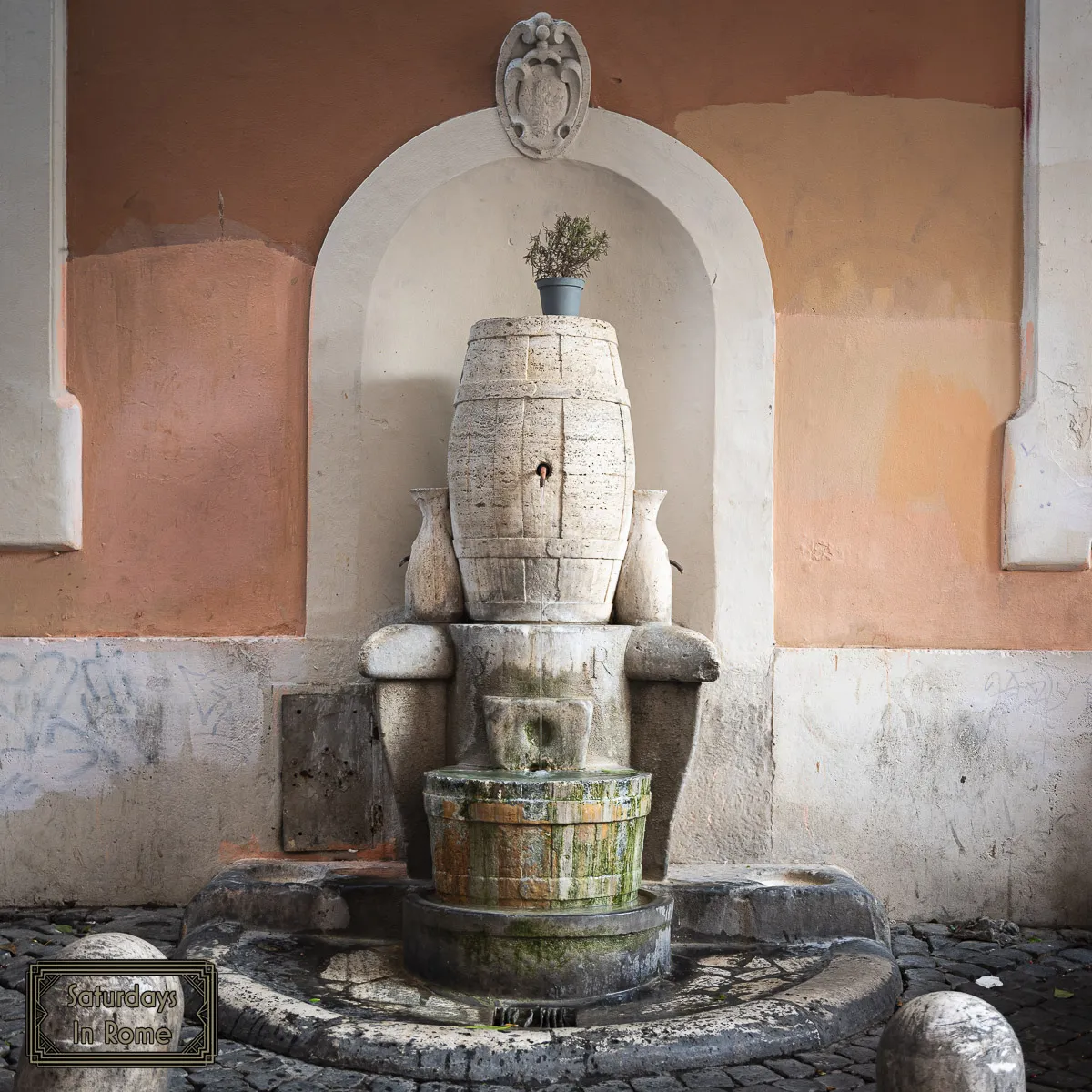
Buying Bottled Water in Italy
Although it varies by who and how the statistics are being calculated, Italians are among the greatest consumers of bottled water in the world. As mentioned above, this is despite also having some of the best tap water in Europe. Italy is also one of the leading recyclers in Europe, but single use plastic waste is still a big issue with over 10 billion bottles consumed per year and the majority ending up in landfills. There is no scientific evidence that bottled water is healthier or safer than tap water, so if you want to enjoy Rome, Italy on a budget, fountains are the way to go.
Water Fountains
In the past, it was common practice to direct the water carried into Rome by the aqueducts, on its arrival in the town, to a very special and elaborately decorated fountain. In addition to being an actual spring for drinking or drawing water, this was also a very beautiful monument, ready to enhance the beauty of a piazza or road or to demonstrate the grandeur of whoever had requested its construction, from popes to the great noble families of Rome.
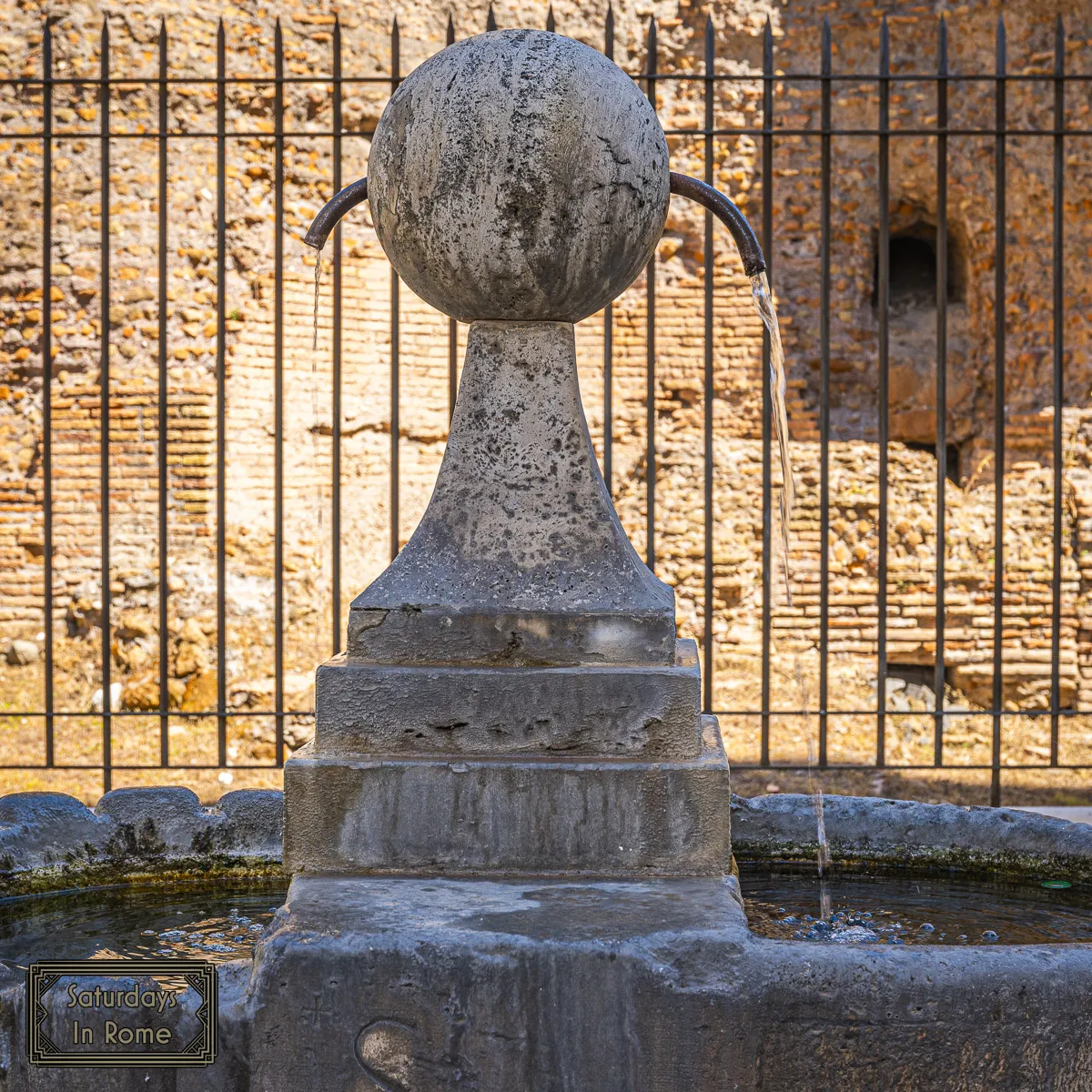
It is now practically impossible to imagine Rome without its marvelous fountains, and why would you? Immortalized in great cinematographic masterpieces, like La Grande Bellezza and La Dolce Vita, the fountains of Rome are an artistic and cultural heritage of immeasurable value.
What Is The Famous Drinking Fountain In Rome?
One type in particular are the small iron stumps that look like someone left the faucet running. Romans affectionately refer to these famous drinking fountains located around the capital as nasoni (big noses).
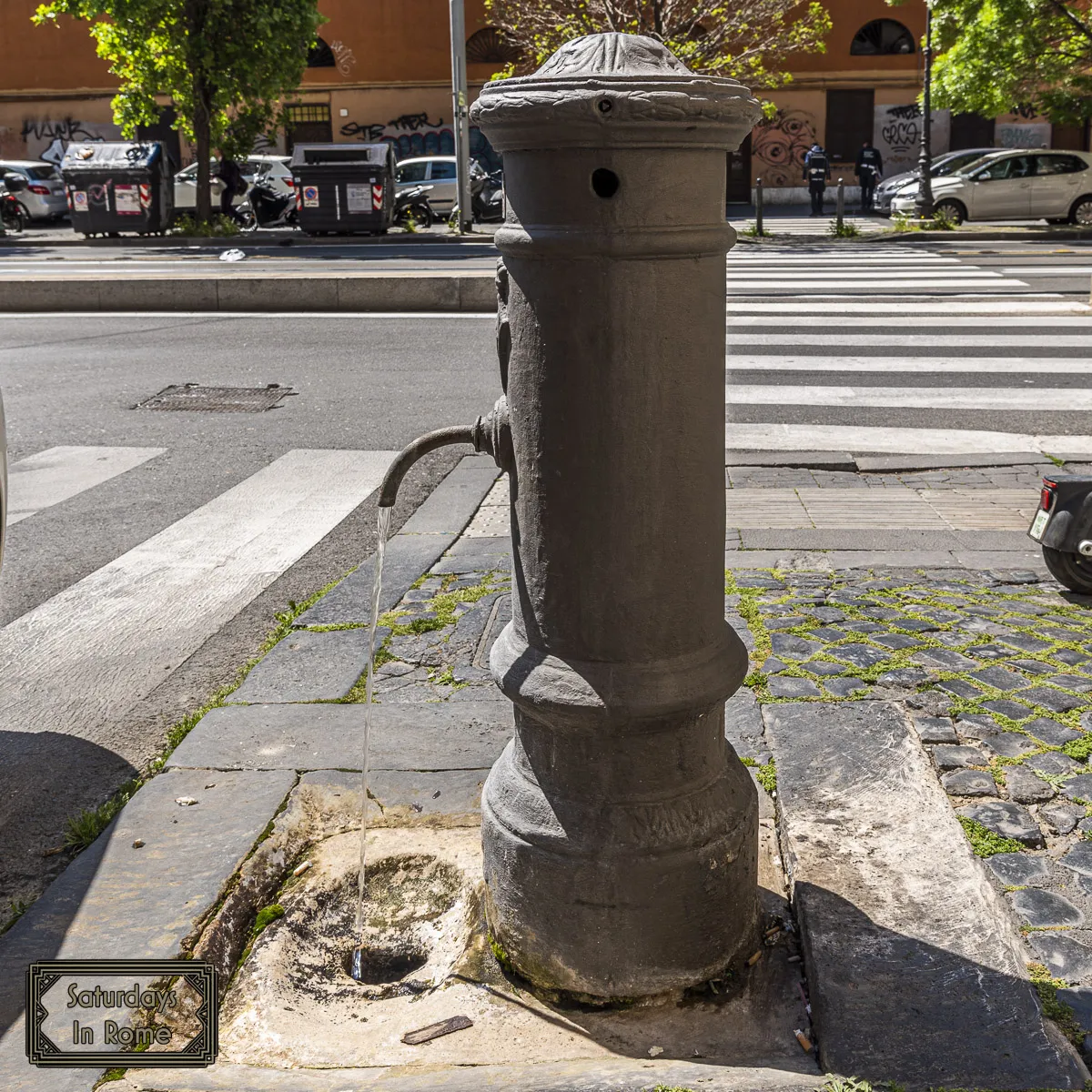
These distinctive cylindrical fountains, which are typically made of cast iron, are in many of the town’s piazzas and on the sidewalks. The drinking water they dispense is the same as has been distributed to Roman households for around 100 years. The municipal water supplier Acea has always taken care of this precious heritage created to bring drinking water to the town’s borgate (residential areas).
Frequently Asked Questions About Nasoni
Is Roman Fountain Water Safe?
Yes, municipally tested and potable. When we moved to Rome I learned that the municipal water is clean and healthy to drink, according to local Italian and international water quality standards.
Despite the high quality of the water in the drinking fountains in Rome, Italians have gotten accustomed to drinking bottled water in restaurants and at home as the standard of living improved in the 80s and 90s. This is only a cultural phenomenon and has very little to do with the water quality or taste.
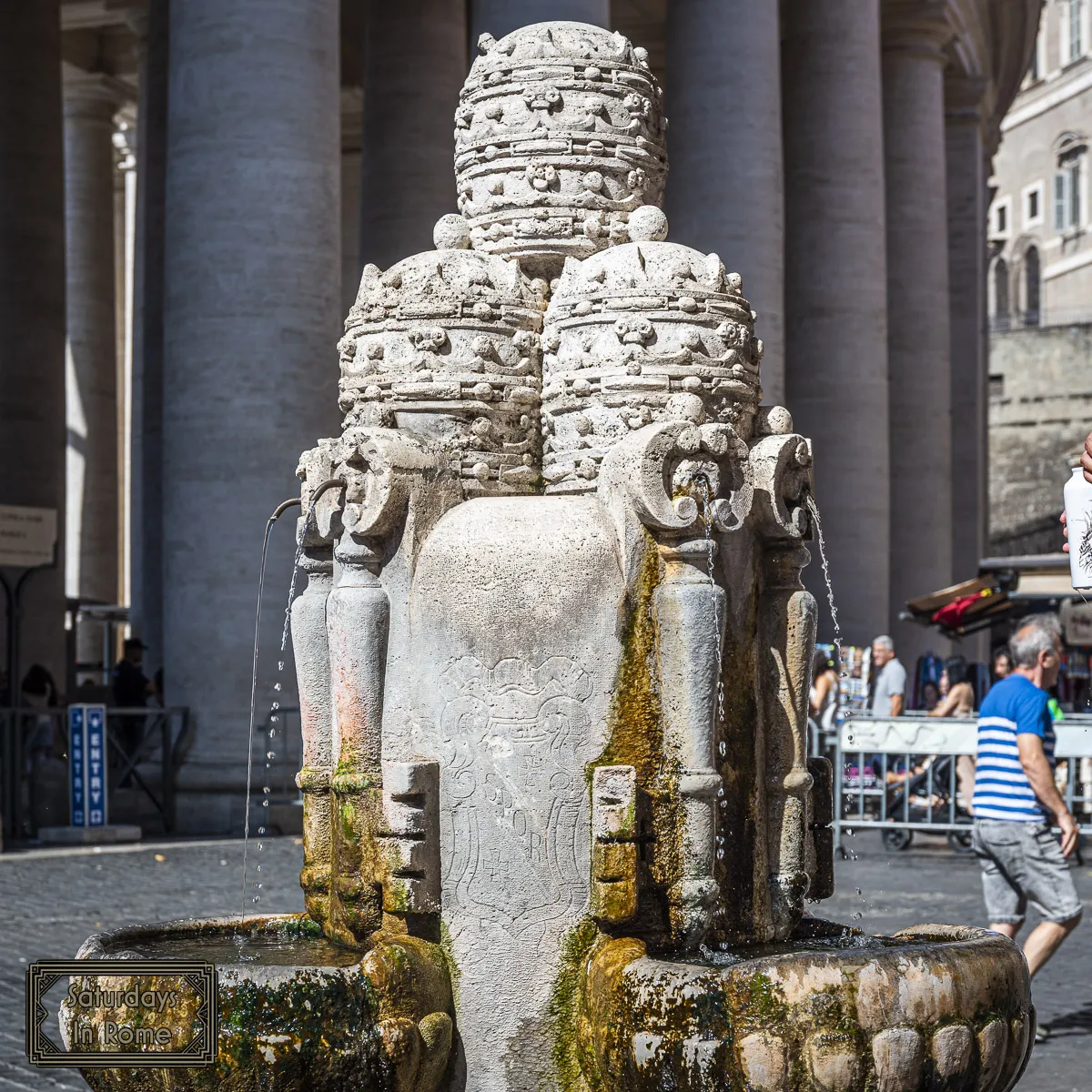
How Cold Is It?
The water from the Nasoni are very often very refreshing, sourced from springs and aqueducts. Even during the hottest summer days, these fountains are cool, delicious and available.
Are Nasoni Ever Turned Off?
In 2017, due to a severe drought, Acea, the company that manages Rome’s water supply, announced a decision to turn off some of the drinking fountains during the summer tourist season. In addition to saving water, this decision also gave Acea a chance to make much needed improvements in the old pipes.
As one could imagine, this decision was criticized by consumer groups who argued that turning off the fountains would lead tourists to buy more bottled water, creating more waste, while not actually fixing the problems of leaks in the old pipes.
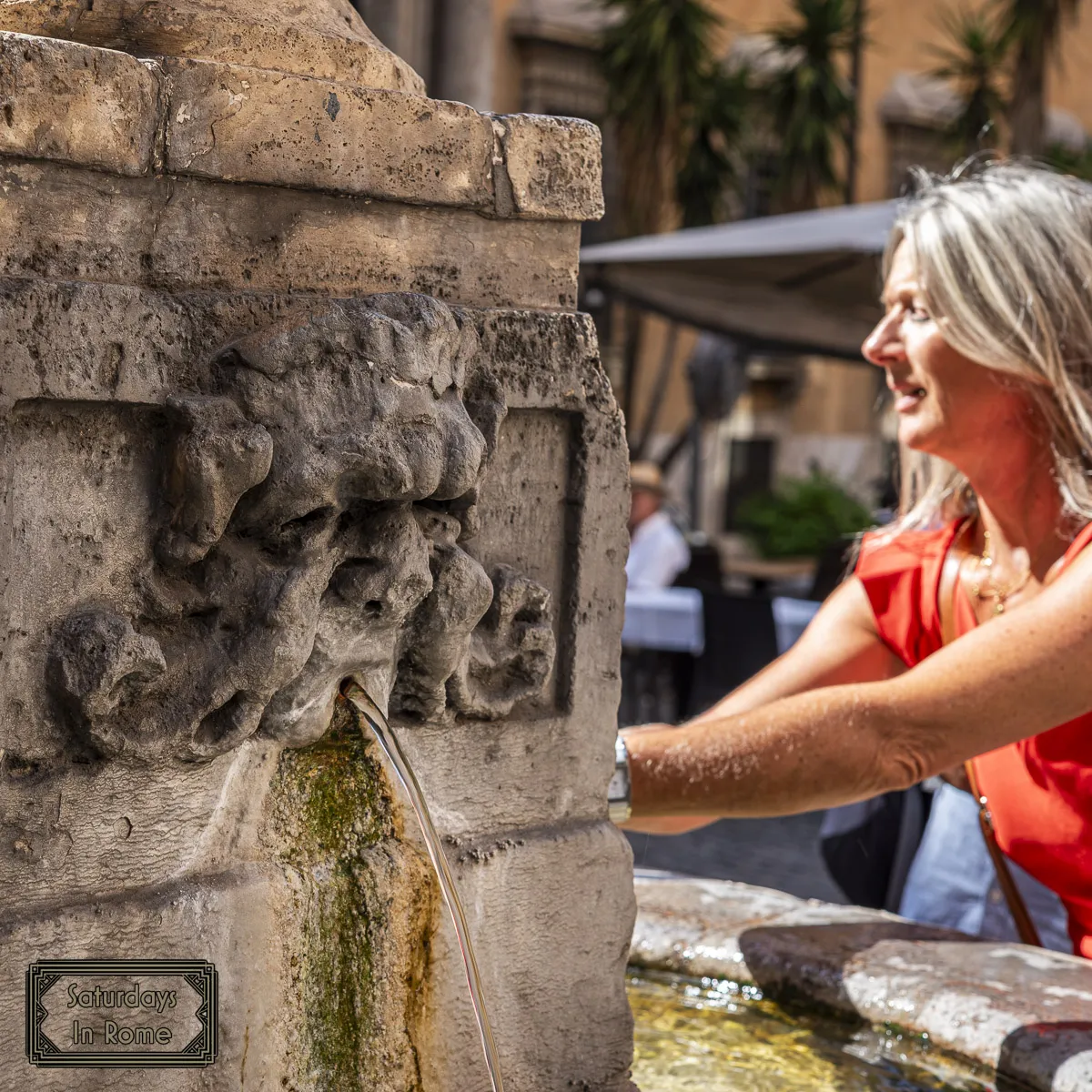
Happily, this emergency passed and the nasoni are all back on. You and your dogs can and should enjoy one of the many gifts that Rome provides to its citizens.
How Do You Use A Nasone?
It probably isn’t obvious, at first glance, how you can drink from the nasone. The spout points down and even for the most fit, it is difficult to get low enough to do anything more than refill a water bottle. Dogs seem to have an easy tome with it, but what about humans?

As you can see from the picture above, you will need to cover the main spout hole with your thumb, then the water will be redirected out of a small hole in the top of the spout. Depending on the water pressure, this might shoot the water all over the cars, so you will need to adjust how tightly you cover the spout.
Why Does Rome Have So Many Drinking Fountains?
According to Acea, the company that manages water for Rome, there are more than 2,600 water fountains within the GRA, the ring road around Rome.
In the Italian capital’s historic center there are also about ninety artistic fountains and drinking fountains, all of which supply potable water. One of the most famous is the little wall-mounted fountain in Via della Fontanella di Borghese.
The only reasons I see for all these drinking fountains are the public good of having fresh water readily available for everyone and the second reason is to celebrate the history of fresh water and aqueducts that goes back to ancient Rome.
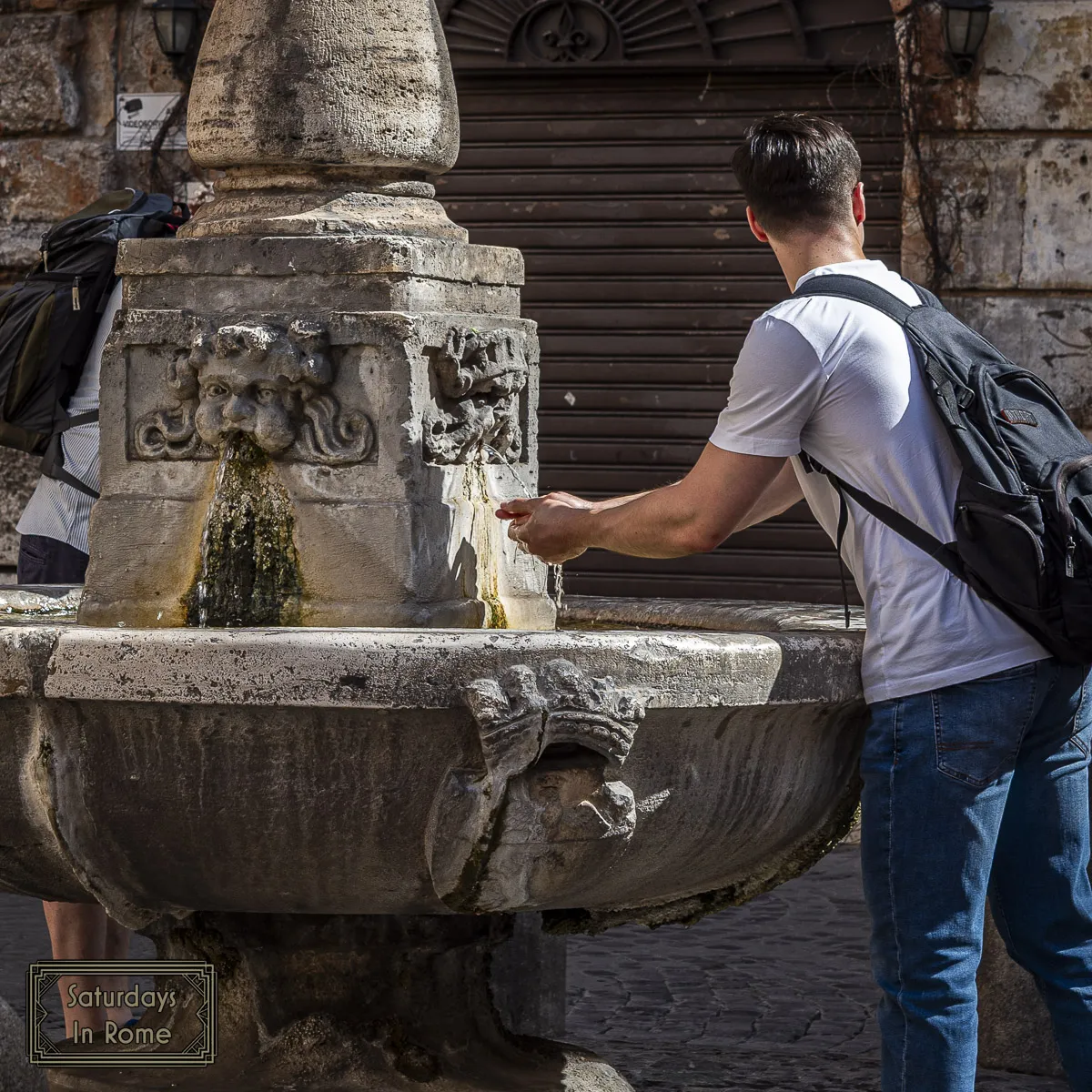
Do the Drinking Fountains In Rome Waste Water?
In my opinion, yes, they do waste water. They run 24 hours a day year round. That said, the water is natural spring water from the mountains, so through natural evaporation and condensation, the water does, in a sense, recirculate. This isn’t my area of expertise, but people in Rome seem to appreciate it and aren’t concerned about the perceived waste.
The other important thing to understand is the symbolism. Providing the citizenry clean, drinkable water was a symbol of the advancement of Rome.
How Can I Find The Nearest Nasoni?
If you are in the center of Rome, you will likely come across a nasone or another fountain very easily. If you want to find one a little quicker than that, Acea offers another solution, an app.
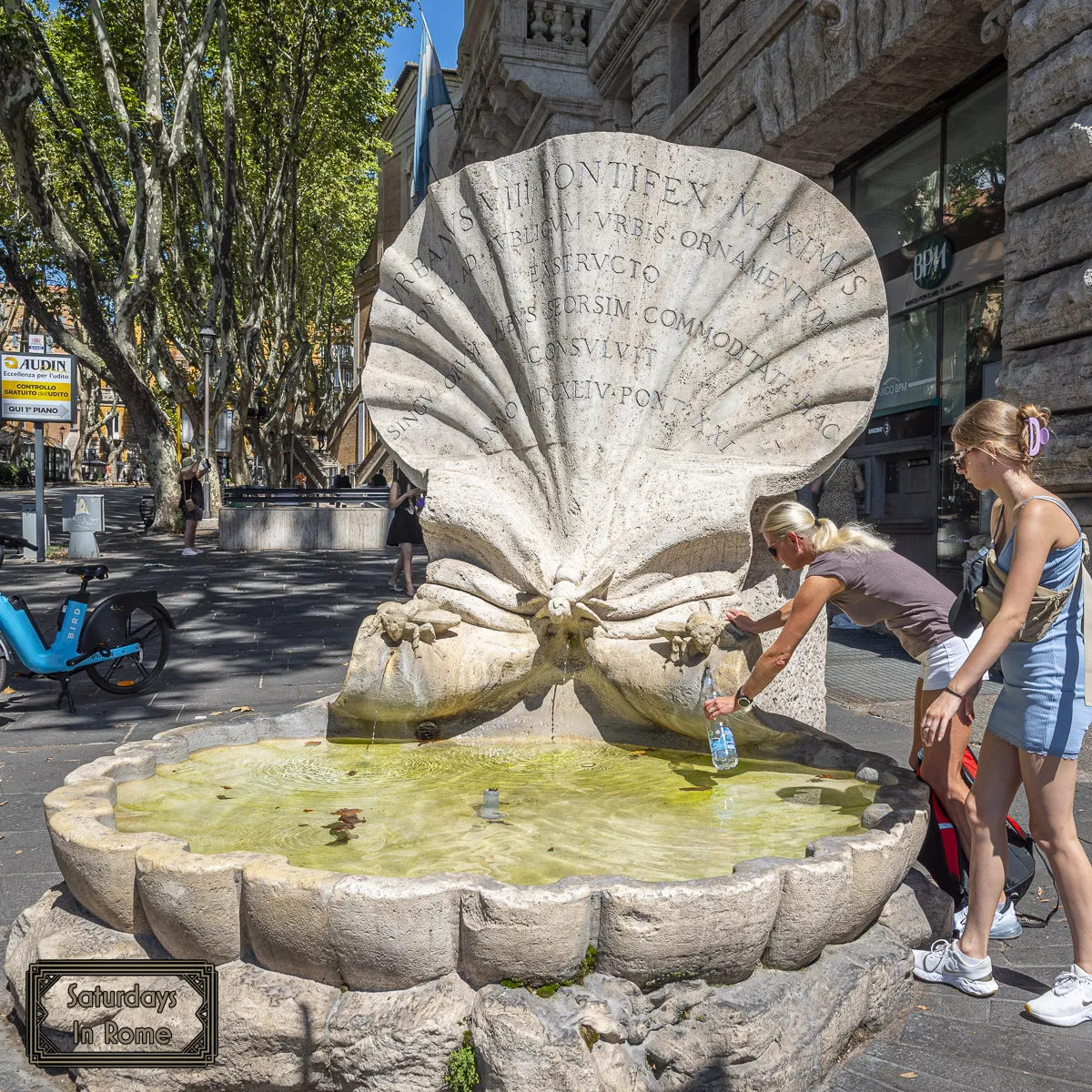
Acea Waidy Wow is the app that guides you through the most fascinating water routes, pointing out the supply points closest to you, including fountains, water houses and nasoni, and assisting you in monitoring your daily water consumption. The project has mapped the entire network of Rome and 150,000 water points throughout the national territory.
More Guides To Rome
If you enjoyed this information on drinking fountains in Rome and you would like to learn more about the Roman culture and travel, check out some of these other articles that I think you will enjoy:
- These Traditional Italian Drinks Are Thirst Quenchers
- Italian Bitters For Great Cocktails Your Friends Will Love.
- These Classic Italian Cocktails Will Elevate Happy Hour.
